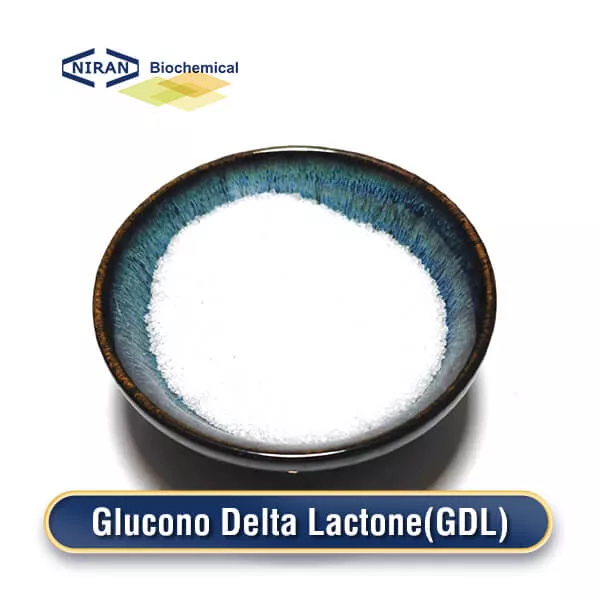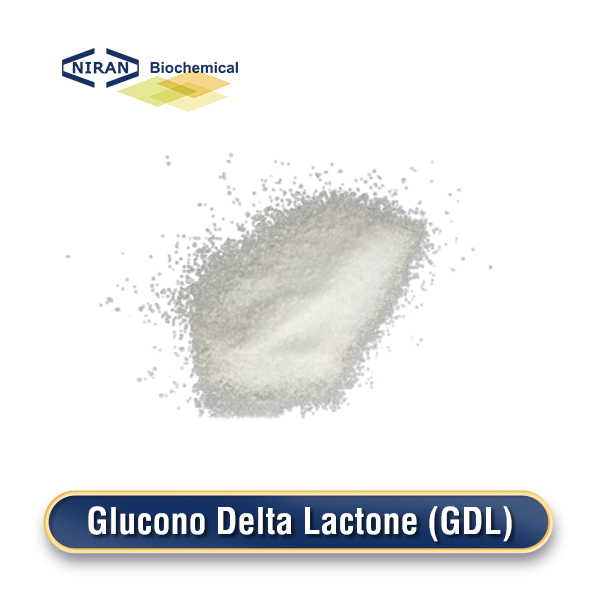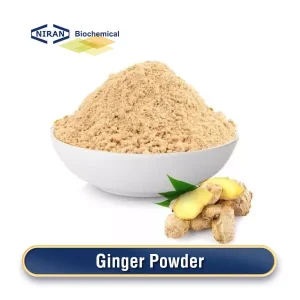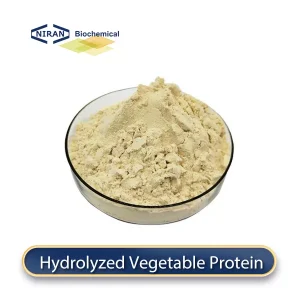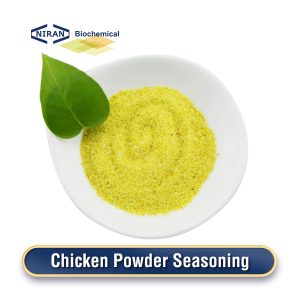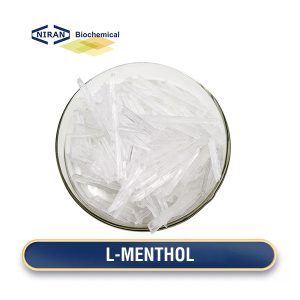Niran Biochemical
YOUR RELIABLE FOOD INGREDIENTS
Send Inquiry
Home » Products » Flavour Enhancer » Glucono Delta Lactone (GDL)
Glucono Delta Lactone (GDL)
- CAS: 90-80-2
- Chemical Formula: C6H10O6
- Certification: KOSHER, ISO, HALAL, FSSC22000, BRC, etc.
- Standard:
- MOQ: 1000KG
- Shelf Life: 2 Years
Inquire Product
Product Description
What is Gluconolactone?
Gluconolactone is an organic compound that appears as white crystals or crystalline powder, is odorless, and tastes sweet first and then bitter. As an ingredient in food, it serves many functions.
There are three main methods for preparing Gluconolactone in China:
1. Convert gluconic acid to gluconolactone through chemical reactions. Common chemical synthesis methods include cyclization reactions. The process is mature and has high production efficiency. It has been widely used in production procedures.
2. Use specific enzymes (such as gluconolactonase) to catalyze the cyclization reaction of gluconic acid to produce gluconolactone. The reaction conditions are mild, the product purity is high, and there are few by-products, but the production cost is high because the activity and stability of the enzyme may be limited.
3. Use microorganisms (such as specific strains) for fermentation to ferment gluconic acid into gluconolactone. This production method is appropriate for large-scale production and is green and environmentally beneficial. However, the fermentation process and strains need to be tuned, and the production cycle is long.
Technical Data:
| Product | GLUCONO DELTA LACTONE | Test Standard | GB7657 |
| S/N | Test Items | Standard Requirements | |
| 1 | Sensory test | Colorless or white dry loose grain or crystalline powder | |
| 2 | Assay/% | ≥99.0 | |
| 3 | Loss on drying/% | ≤1.0 | |
| 4 | Reducing substance/% | ≤0.5 | |
| 5 | Sulfate/% | ≤0.03 | |
| 6 | Chloride/% | ≤0.02 | |
| 7 | Total arsenic(As)/(mg/kg) | ≤3.0 | |
| 8 | Lead(Pb/(mg/kg) | ≤2.0 | |
| 9 | Total plate count/(CFU/g) | ≤300 | |
| 10 | Colifoms/(MPN/g) | <0.3 | |
| 11 | Mold and yeast(CFU/g) | ≤100 | |
Related parameters:
| ITEMS | STANDARD |
| IDENTIFICATION | POSITIVE |
| GDL | 99-100.5% |
| SOLUBILITY | EASILY SOLUBLE IN WATER, HARD SOLUBLE IN ETHANOL |
| MELTING POINT | 152℃±2 |
| MOISTURE | ≤0.5% |
| REDUCING SUBSTANCES (AS D-GLUCOSE) | ≤0.5% |
| AS | ≤1PPM |
| HEAVY METAL | ≤10PPM |
| LEAD | ≤2PPM |
| MERCURY | ≤0.1PPM |
| CADMIUM | ≤2PPM |
| CALCIUM | ≤0.05% |
| CHLORIDE | ≤0.05% |
| SULPHATES | ≤0.02% |
| LOSS ON DRYING | ≤1% |
| PH | 1.5~1.8 |
| AEROBE | 50/G MAX |
| YEAST | 10/G MAX |
| MOLD | 10/G MAX |
| E.COLI | NOT AVAILABLE AT 30G |
| SALMONELLA | NOT AVAILABLE AT 25G |
Recommended dosage:
| Food name | Maximum usage(g/kg) |
| Condiments | 1.0-2.0 g/kg |
| Meat products | 0.5-1.5 g/kg |
| Beverages | 0.1-0.5 g/kg |
| Yogurt | 0.1-0.3 g/kg |
| Bakery products | 0.2-0.5 g/kg |
| Pudding | 0.5-1.0 g/kg |
| Jam | 0.5-1.0 g/kg |
| Cheese products | 0.5-1.0 g/kg |
| Canned food | 0.5-1.0 g/kg |
| Soy products | 0.3-0.6 g/kg |
| Candy | 0.2-0.5 g/kg |
| Seasoning powder | 1.0-2.0 g/kg |
| Seasoning oil | 0.5-1.0 g/kg |
Gluconolactone has a wide range of uses
1. pH regulator: Food pH can be adjusted by using gluconolactone as a pH regulator. This helps maintain the stability of food and extend the shelf life.
2. Stabilizer: It can stabilize the emulsion system and gel system in food, prevent separation and precipitation, and maintain the texture and consistency of the product.
3. Preservative: Because of its antibacterial and preservative properties, gluconolactone helps keep food fresher longer by preventing the growth of microbes.
4. Humectant: It has hygroscopic ability, which can help food stay moist and prevent drying and hardening.
5. Improve taste: By adjusting the pH of food, Gluconolactone can improve the taste of food, making it softer and more palatable.
6. Functional additive: As a functional additive, Gluconolactone can be used to improve the texture and stability of food, and has multiple effects at the same time.
User asked question:
Q: What advantages does gluconolactone provide for the skin?
A: Gluconolactone has multiple benefits for the skin, including moisturizing, exfoliating, and improving skin texture. It gently removes dead skin cells and encourages skin cell renewal, locking in moisture to maintain the skin smooth and supple.
In addition, Gluconolactone has antioxidant and soothing effects, protecting the skin from environmental damage, reducing irritation, and improving the overall radiance and health of the skin.
Q: Is Gluconolactone better than glycolic acid?
A: Gluconolactone’s advantage over glycolic acid is its mildness and moisturizing effect. Not only does it effectively remove dead skin cells, it also has excellent moisturizing and soothing effects, making it suitable for sensitive skin and dry skin.
Gluconolactone’s antioxidant properties further help improve skin health while reducing irritation, making it a more skin-friendly skincare ingredient.

